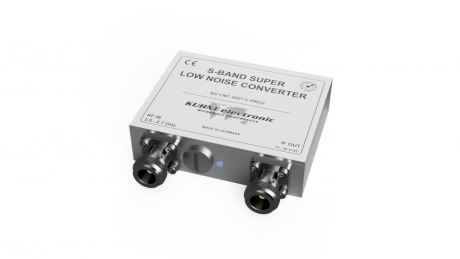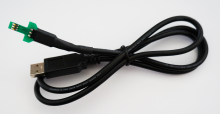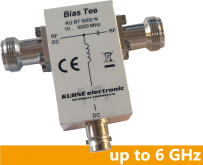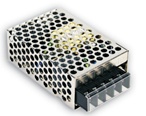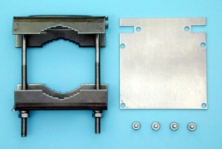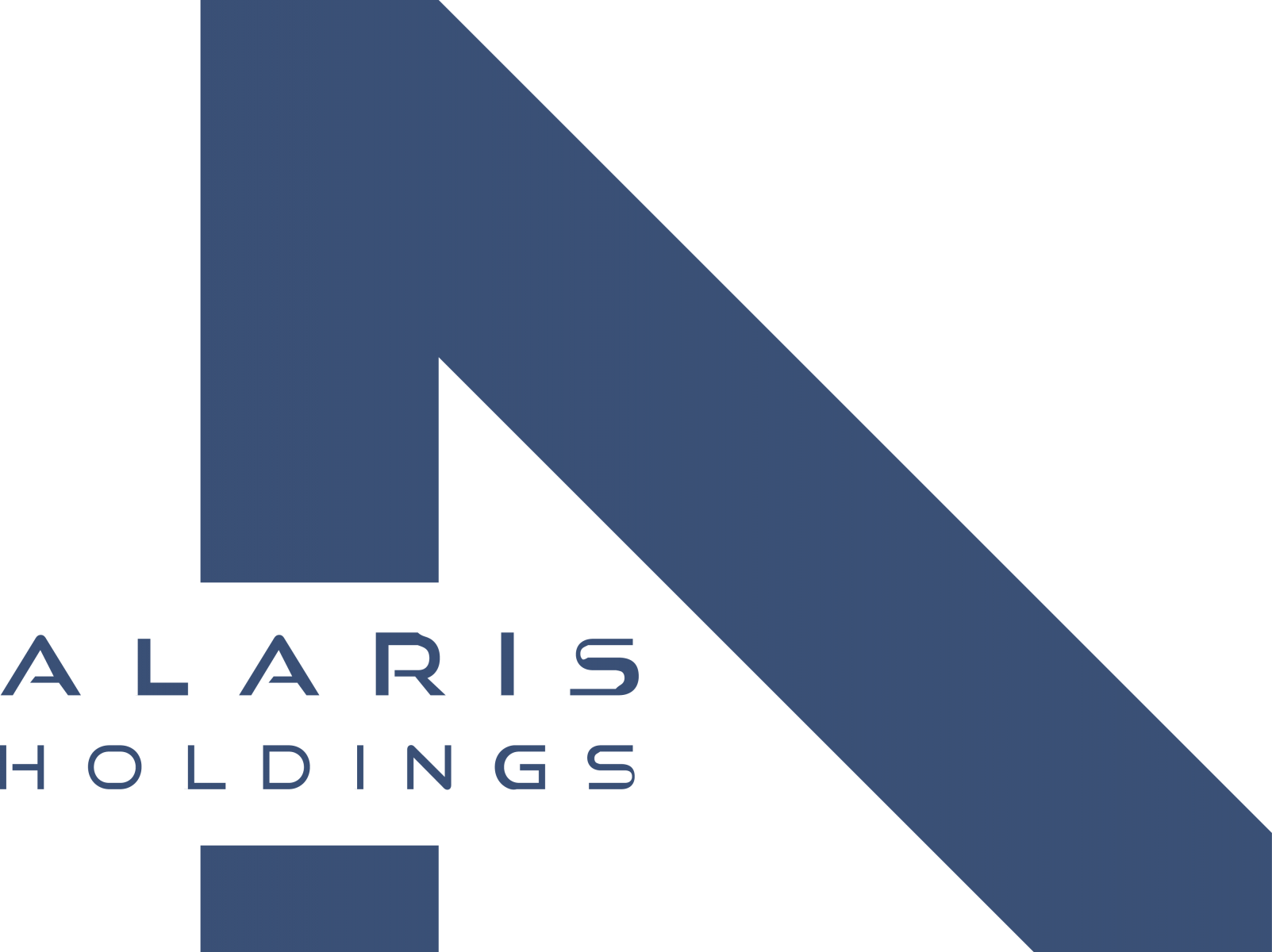KU LNC 2027 C PRO2, Down Converter
2000 ... 2700 MHz
-
- Gain 35/24 dB
-
- Configurable LO frequency & gain
-
- High linearity
-
- Low influence on signal quality
-
- Easy monitoring of the operating condition
Lead time on request
Technical specifications
| Frequency range (RF) | 2000..2700 MHz |
| Maximum input power | 1 mW (0dBm) |
| Frequency range (IF) | 160..860 MHz |
| Noise figure @ 18 °C | typ. 0.8 dB, max. 1.0 dB |
| Gain @ 25 °C | typ. 35 dB / 24 dB |
| Output IP3 | 25 dBm |
| LO frequency | 1840 MHz |
| LO accuracy @ 18 °C | +/- 2 ppm |
| LO frequency stability | +/- 3 ppm |
| Phase noise @ 1 kHz | typ. -98 dBc/Hz |
| Phase noise @ 10 kHz | typ. -110 dBc/Hz |
| Phase noise @ 100 kHz | typ. -110 dBc/Hz |
| Supply voltage | +9 ... +36 V DC |
| Current consumption | typ. 250 mA @ 12V DC |
| Maximum case temperature | +55 °C |
| Input connector / impedance | N-female, 50 ohms |
| Output connector / impedance | N-female, 50 ohms |
| Case | milled Aluminium, water resistant |
| milled aluminium, IP43 | |
| Weight | 230 g |
| Remote power supply via IF | yes |
Features
- Low noise figure
- Large bandwidth
- Low phase noise oscillator
- High frequency stability of the oscillator
- High linearity
- Antenna port protected against static discharge
- Small and light-weight to allow easy pole mounting
- Tri-colour LED indicates unit status and gain mode setting
- Overvoltage protection and reverse polarity protection
- Remote power supply via output connector
- switchable gain
- switchable local oscillator frequencies
- normal or reverse output spectrum selectable
Applications
- Multichannel Multipoint Distribution Services (MMDS)
- Digital broadcast systems (DVB-T, DVB-S)
- Analog and digital transmission systems
Downloads
One of the critical key components of a wireless system is the low-noise amplifier (LNA). The LNA, usually connected close to the antenna, takes the weak radio-frequency (RF) signal from the antenna and amplifies it. The main function of the pre amp is to increase the amplitude of the receiving signal without adding much noise and distortion, in other words, to nearly maintain the signal to noise ratio (SNR) of the desired RF signal. The main characteristics of the low noise preamplifier are noise figure (NF), gain, and linearity. KUHNE electronic provides a variety of high quality low-noise and ultra low-noise amplifiers, covering frequency bands L, S, C, X, K, frequency selective and broadband. The functional bandwidth varies from several MHz to about 20 GHz. The website-filter on the product page can be used to refine your search results by frequency range, gain, noise figure and supply voltage. The broad portfolio of KUHNE RF LNAs offers high performance including low noise figure (NF), high gain, high linearity and small power consumption, therewith supports the customers in many different use cases and scenarios, e.g., high and low bandwidth applications, in commercial usage as well as for lab experiments and research. Several application examples are given as follows: the 2 GHz UHF broadband low noise amplifier KU LNA BB 2227 A can be used in the RF front end of a multitude of wireless standards in the ISM band, like UMTS, bluetooth, radar, or 2.4 GHz Wi-Fi, e.g., supporting the communication and video transportation in sports events. Another example is the 5-6 GHZ RF linear preamp KU LNA 5059 A, which is needed in IEEE 802.11a/n/ac Wi-Fi systems operating in the 5.1-5.85 GHz range. Other applications like Automatic Dependent Surveillance Broadcast (ADS-B): KU LNA 1090-2 A, Multichannel Multipoint Distribution Service (MMDS): KU LNA BB 2227 A, Radio astronomy: KU LNA 142 AH, Satellite Communication (Satcom) systems: KU LNA 152 AH and so on can be found in the product descriptions. KUHNE electronic also focuses on the dynamic demands of markets and provides most up-to-date customized solutions. We offer low-noise amplifiers (LNAs) with special features, such as different connector types (SMA, N, Waveguide, and many more), remote power supply via coaxial cable, waterproof cases and so on. Our professional RF products and components enable optimum measure, test, and field application experience.



